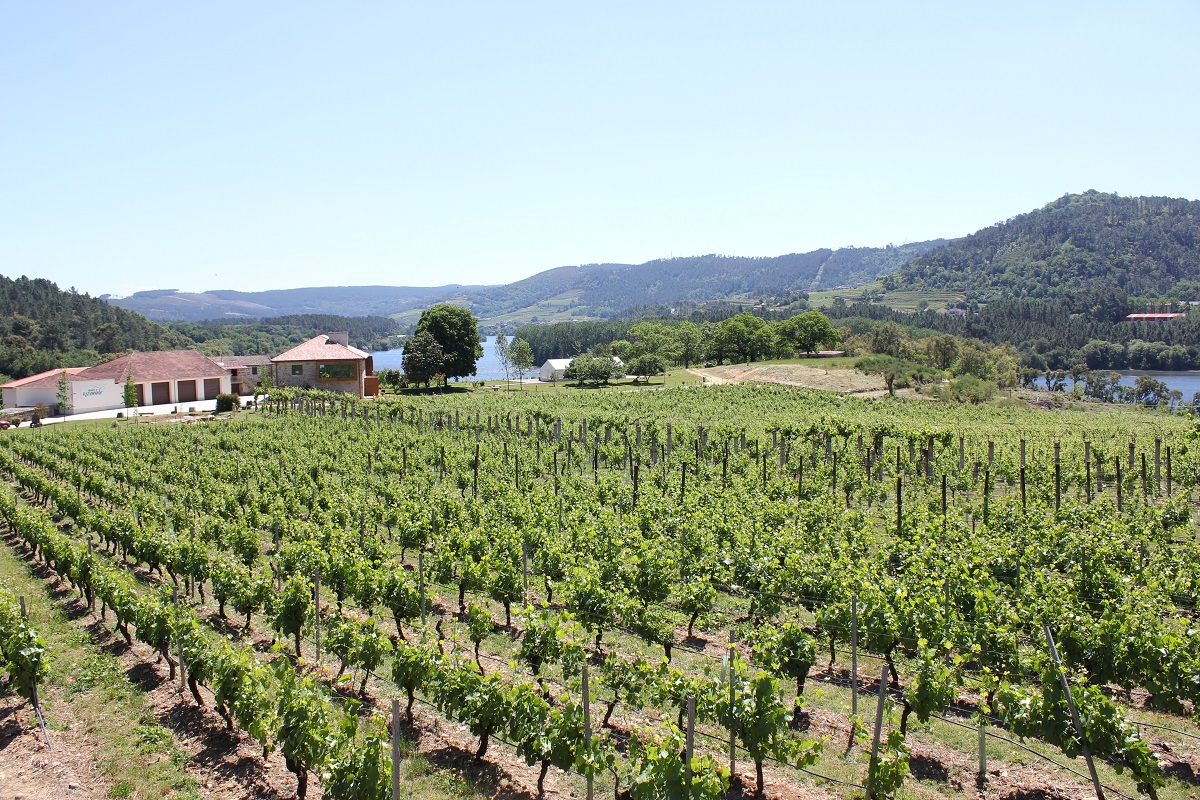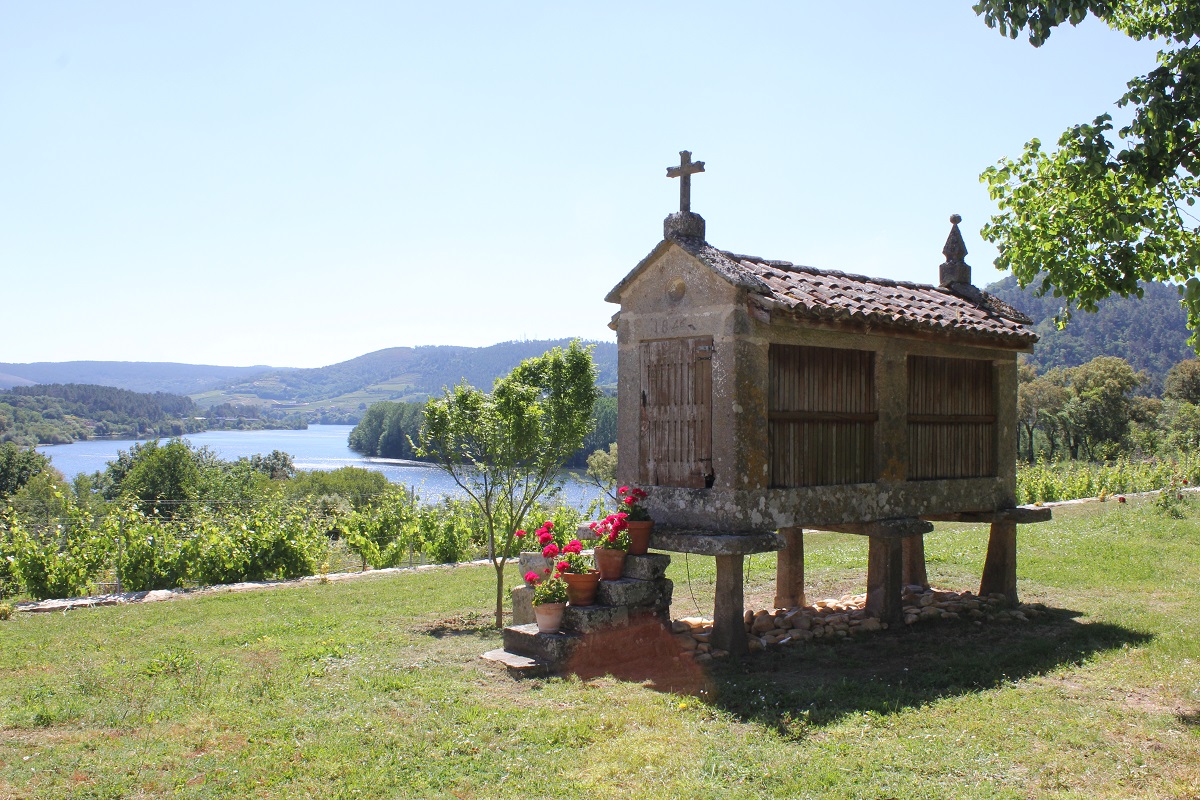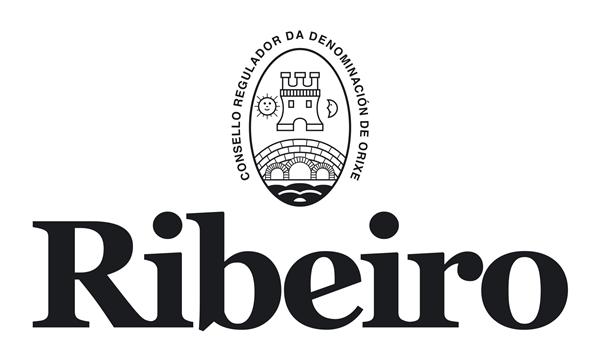These cookies are necessary for the website to function and cannot be deactivated in our systems. In general, they are only set in response to actions taken by you that amount to a request for services, such as setting your privacy preferences, logging in or filling out forms.
Cookies used Mandatory

Priorato de Razamonde belongs to the Ribeiro Denomination of Origin, the oldest in Galicia, and one of the ones with the greatest historical tradition in the Iberian Peninsula.
Due to its privileged location, the Ribeiro is favored by natural barriers that protect it from subatlantic storms and provide an oceanic-continental climate, with temperate temperatures, ideal for growing vines. These conditions allow a slow ripening of the grape, preserving aroma, freshness, balance and acidity.
Our winery located in the heart of the Ribeiro, on the banks of the Miño River, was born from the effort and dedication of a family that, over the years, found in wine the best way to convey the flavor of their lands.
What began with just one hectare of land became a renovated winery with a rustic heritage of more than 24 hectares of land, of which 20 of them are covered by vineyards and the rest of native forests, hiking trails and spaces. that host events and celebrations.
Currently, our vineyards are planted on trellises, with a plantation framework that allows them to be tilled by mechanical means and, thus, to benefit from technological advances to obtain the best possible result. We care for and cultivate white grape strains (Treixadura, Godello and Loureira), which account for 90% of production, and red (Sousón and Brancellao), the remaining 10%.
Since our launch on the market in 2012, under the technical direction of the winemaker Pablo Estévez, we have worked in the search for excellence. We care about obtaining the best quality to be able to offer a different wine that leaves its mark on those who drink it.
Our goal is to recover the flavor and essence of Ribeiro, selecting only native varieties and making wine only with grapes from our vineyards, grapes that have passed through our hands and cared for. Only in this way, by betting on an integrated production, can we guarantee a quality Ribeiro.

In the section of the Miño basin that today occupies the Denomination of Origin Ribeiro was destined to the cultivation of the vine probably from the first centuries of our Era. This circumstance motivated that, with the flourishing of the Cirtercian monasticism in Galicia (11th century) it passed all of it to ecclesiastical dominion, dependent on the great monasteries (Celanova, Melón, San Clodio and San Martín Pinario, in Santiago de Compostela).
From those distant times, Razamonde was the ecclesiastical lordship of the Monastery of San Martín Pinario with the right to use the fruits (wine, fruits, etc.), taxes and the granting of other manorial rights (barge, fishing, establishment of mills , etc.), with the sole obligation of maintaining religious services (the parish priest of souls).
The management of such extensive rustic heritage was carried out through the legal formula of the forum, a kind of long-term lease (with one voice, two voices, three voices), unfolding the property, so that the Monastery reserved direct ownership and the useful domain passed to the foreros, who transmitted them by inheritance.
At the time of the confiscation (1835), only the estate that today belongs to society remained of the manor that originated. Its undivided permanence is explained because it was cultivated directly by the Monastery of San Martín Pinario through the figure of the Priory. The monastery appointed the managers (usually monks), who lived on the farm to be responsible for its cultivation. These houses and auxiliary buildings are where the winery, offices and esoteric shop are located today.
In the documentation of San Martín Pinario, the sale contract made in 1287 by King Sancho IV of Castile in favor of the Monastery of San Martín Pinario, in which the described property appears with its current boundaries.

Spain can boast of being the country with the largest extension of vineyard cultivation in the world and the second in liters of wine production (only behind France). In a territory where 70 different Denominations of Origin coexist, Alter wines are distinguished by belonging to the oldest in all of Galicia, and one of those with the greatest historical tradition, the Ribeiro Denomination of Origin.
Side. Ribeiro has been recognized since 1932, after the publication of the "Wine Statute". However, the Municipal Ordinances, dated 1,594, already determined the parishes that could produce and sell Ribeiro wine.
This region has more than 2,800 hectares and is located in southern Galicia, on the northwestern edge of the province of Ourense and on the banks of the Miño, Avia and Arnoia rivers.
Due to its privileged location, the Ribeiro is favored by natural barriers that protect the territory from sub-Atlantic storms and provide an oceanic-Mediterranean climate with mild temperatures that propitiate the ideal circumstances for growing grapes. For this reason, in these lands of granitic origin some of the best white wines in Spain are made.
The cultivation of the vine was introduced in the peninsula by the Roman people, who from medieval times and until the 18th century, were famous for their “toasts” and for their sweet wines made with sun-dried grapes. Likewise, in recent years, Ribeiro has made a strong comeback, betting on the autochthonous varieties that gave it its name. In this way, old plantations were recovered, new ones were created and the winery production processes were improved and, consequently, the quality of their wines.